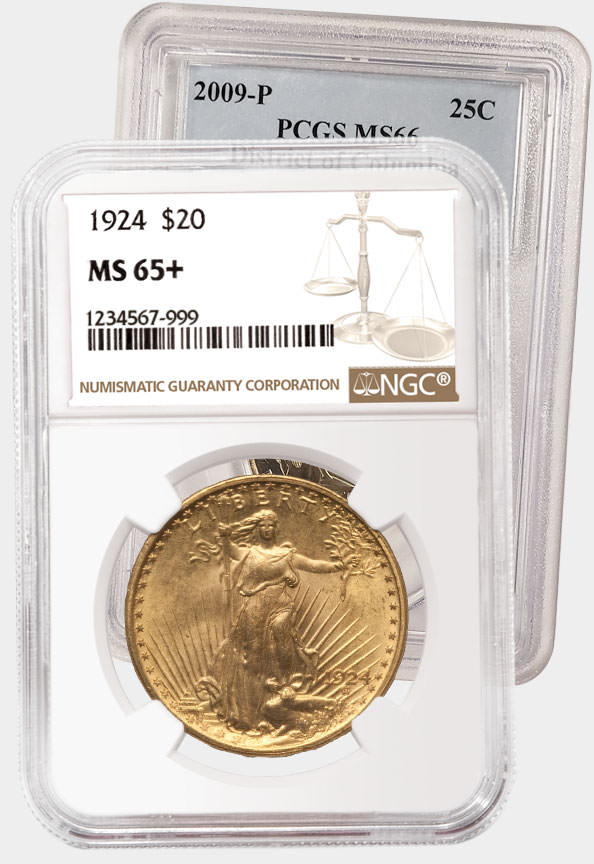NGC Certifies Important Early Gold Penny of Britain
发布 于 2017/12/12
NGC has certified an extremely rare and important gold penny from the reign of King Henry III of England. Struck in London in 1257, it is one of just four known examples in private hands and is now graded NGC MS 63.
This gold penny is among the earliest of the issues that mark the rebirth of gold coinage in Western Europe, and is the only British coin from this period.
Prior to the 13th Century, kingdoms in Western European did not make their own gold coinage. The need for gold in commerce instead was met using Byzantine and various ancient issues.
In 1252, the Republic of Florence issued its Florin, considered to be the first Western European gold trade coin in over 600 years. Only five years later, England experimented with its own gold currency issue: the gold penny of Henry III.
 |
 |
| King Henry III Gold Penny, graded NGC MS 63 Click images to enlarge. |
|
The gold penny weighs just shy of three grams, equal in weight to two silver pennies. Under the prevailing monetary standard of the time, a ratio of 10-to-1, the value of the gold penny was set at 20 times the silver penny. By one account, over 50,000 pieces were struck in a little over a year, starting in 1257.
For a variety of reasons, they were unpopular in commerce, and the mint offered to exchange the gold coin for silver, initially at 19.5 silver pennies (the shortfall for the cost of coining). This amount was raised to 24 silver pennies in 1265, leading to speculation by historians that resistance to the coin was owed to it being undervalued.
 |
 |
| King Henry III Gold Penny. (Images courtesy of Heritage Auctions) Click images to enlarge. |
|
Because of its heavy redemption, the gold penny of Henry III, the first gold coin of modern Britain, is extremely rare. Just seven examples are known from four die pairs, including at least three examples in museum collections.
The gold penny shows Henry III, seated in robes, wearing a crown and holding an orb and scepter. This motif, which was reused extensively on later coinage, marks the first time an enthroned ruler was shown on a Western gold coin. The reverse legend includes the name of the King’s goldsmith, William of Gloucester, and LUNDEN (or London), where the coins were struck.
This specimen last appeared publicly at auction in 1955, and previously traded in the legendary Montagu sale (Sotheby’s 1896). Its first recorded appearance at auction was in 1859, where it realized £130. It is now part of the Penn Collection, a phenomenal group of ancient and British coins — all certified by NGC.
Stay Informed
您希望我们每月将新消息发送至您的电子邮箱吗?现在就来订阅免费的NGC电子月报吧!
